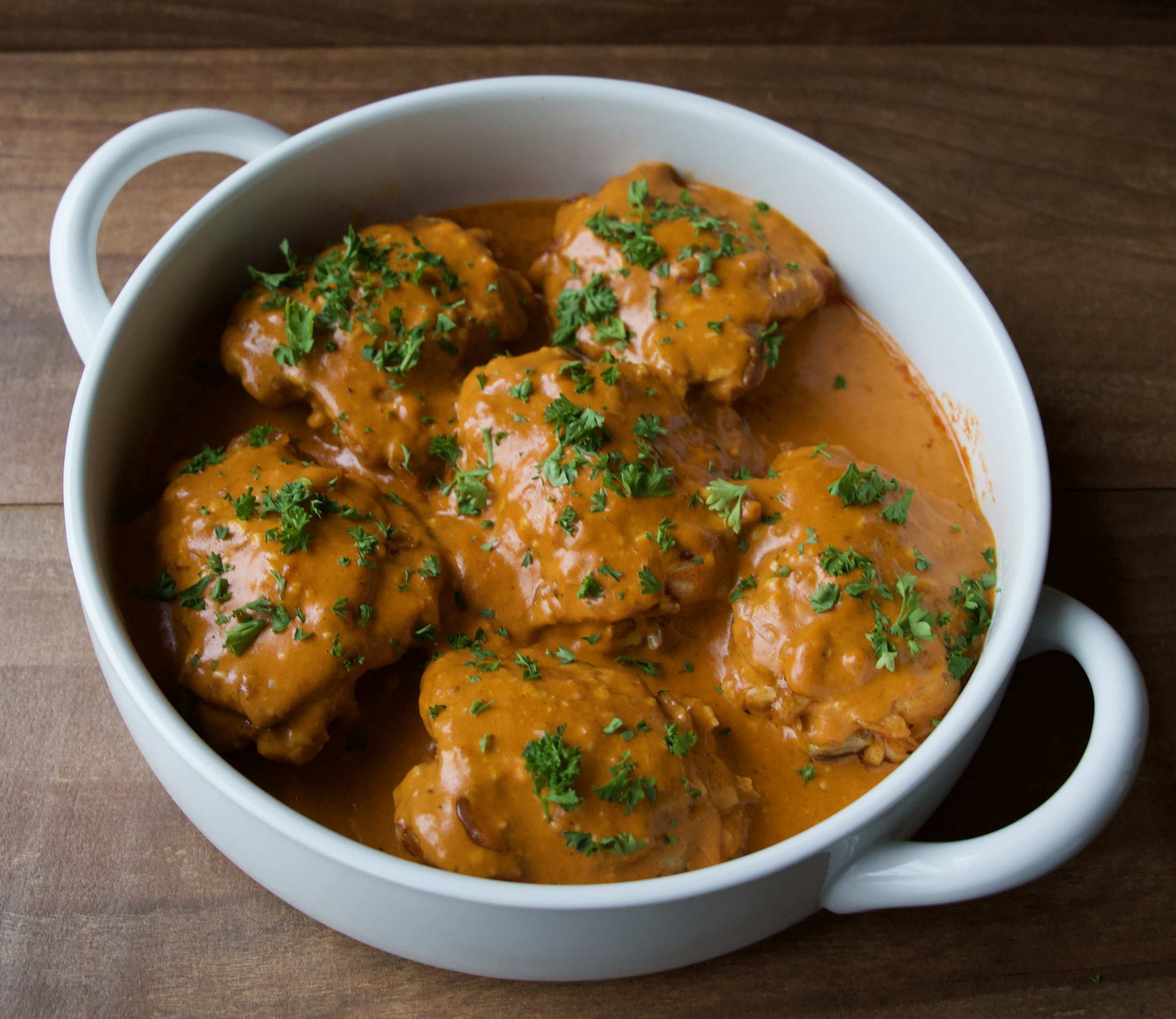
Moist Heat Proteins Instructor Resources
Proteins: Moist Heat Student Printables
This document contains all the Proteins: Moist Heat Unit printables except password-protected documents (e.g., unit test & instructor answer keys).
Lesson 1
We use Twizzler Pull ‘n’ Peel candy and Fruit Roll Ups for this activity because they are visually convincing, they have just the right amount of stickiness to adhere properly, and they’re inexpensive. Feel free to substitute other materials you may have on hand, such as Wikki Stix, chenille wire, plastic wrap, etc.
For the comprehension check, students should explain that the individual candy strands represent myofibrils, the cylindrical bundles represent muscle fibers, and the Fruit Roll Ups represent the endomysium. They may also mention that the entire model represents the beginnings of a fascicle.
Lesson 2
Most people underestimate the cross-contamination that goes on in the kitchen. Make sure your student understands the procedures for handling raw proteins and cleaning surfaces and equipment.
The Meat Handler’s Mustard Challenge demonstrates how tricky it can be to wash dirty hands without contaminating other surfaces. The handwashing video that follows offers solutions to this messy problem.
Lesson 3
SAFETY ALERT: Please carefully consider how much supervision your student needs while breaking down the chicken. A sharp knife and a slippery chicken can make a dangerous combination. Students should follow the cleaning protocol from Lesson 2.
A sharp knife is necessary for the process to go well. Don’t expect the finished chicken pieces to look like the ones from the grocery store. Even experienced home cooks can’t compete with the advantages of commercial processing, and students who are just finding their way around a chicken probably won’t get everything just right. Students who have an extreme aversion to handling raw chicken may want to wear tight-fitting disposable gloves, as a layer of separation seems to help.
The chicken pieces from this lesson should be saved for use in the Chicken Adobo recipe evaluation.
Lesson 4
If your family enjoys spicy food, the student can add a hot chile pepper or two to the adobo marinade. The chicken is braised and then broiled, so thorough cooking shouldn’t be a problem. The chicken pieces should be nicely browned, and the sauce should be thick enough to coat the back of a spoon. This dish is usually served over rice, so you may want to incorporate that into your menu planning.
Lesson 6
This recipe for Low Country Boil makes a large batch. If your family is small and you don’t care for leftovers, you may want to scale it down. The cooking liquid is very flavorful and needs to be saved for use in Piedmont Chicken and Rice. Any extra liquid can be frozen.
The sausage and shrimp should be tender. The potatoes should be cooked through and still intact for the most part.
Lesson 7
The rice in Piedmont Chicken & Rice should be soft and almost creamy, similar to risotto. The zucchini should be tender but still hold its shape.
Lesson 9
Chilorio should be tender and very flavorful. Our version tears the meat into chunks rather than the stringy strands that are common in pulled pork. Because pork shoulder is high in fat, the results can be greasy if the rendered fat isn’t managed. For this lesson, students are to refrigerate the meat overnight and remove the solidified fat, so it shouldn’t be a problem.
Leftover chilorio freezes very nicely.
Lesson 10
Students can use a flat-bottomed pie plate or something similar for this recipe if you don’t have a tortilla press. Homemade corn tortillas don’t look like the ones from the grocery store. (But they taste so much better!) The edges are irregular, and some are usually thicker than others. Uniformity in both diameter and thickness is the goal, but it does take practice.
The surface goes from slightly glossy to matte when they’re fully cooked, and they may or may not have flecks of brown. (Regulating the heat to produce browned spots without overcooking takes practice.)
Lesson 11
A chuck roast is a convergence of muscles, so there’s a good bit of variety in its structure. Students should place a toothpick in each muscle to identify the direction of the grain. (The individual muscles are separated by fat or connective tissue.)
Lesson 12
The initial browning of the roast kicks off flavor development in this dish. Students may be tempted to rush the process, but a little patience will yield a big reward. The roast should be moist and tender and the artichokes should be very soft. There should be enough pan juices left for a finishing drizzle.
Beef and artichokes are both a bit pricey, so we recommend stretching this dish by serving it on a generous bed of something like creamy grits or mashed cauliflower. Other vegetables can stand in for the artichokes, but the flavor probably won’t be quite as punchy.
Lesson 13
The cod should flake easily with a fork without being dry. The second knob of ginger needs to be cut into thin matchsticks in order to properly “frizzle” when fried.
This recipe only makes 4 servings. It can be doubled and cooked in two separate pans, if necessary.
Lesson 14
Fresh, fragrant paprika is the key to this dish. If it’s been sitting in the back of the spice cabinet for too long, the results won’t be great. Also, it’s important not to crowd the pan while the chicken is browning, so that part needs to be done in two batches.
The chicken should be cooked through and moist. The sauce will not be smooth, as it contains bits of chopped onion and some of the sour cream may form little curds.
Lesson 15
The Unit Tests are password protected to prevent students from getting a sneak peek in advance.
The password for the Moist Heat Proteins Unit Test is braise. Please keep this password private.
Special Note About an Upcoming Experiment
An experiment in the last unit of the course (Proteins: Dry Heat Cooking) calls for 2 cups of dill pickle brine. One of the goals is to repurpose a resource that’s usually discarded. If your family doesn’t go through pickles very quickly, you may want to begin saving up brine in advance.

